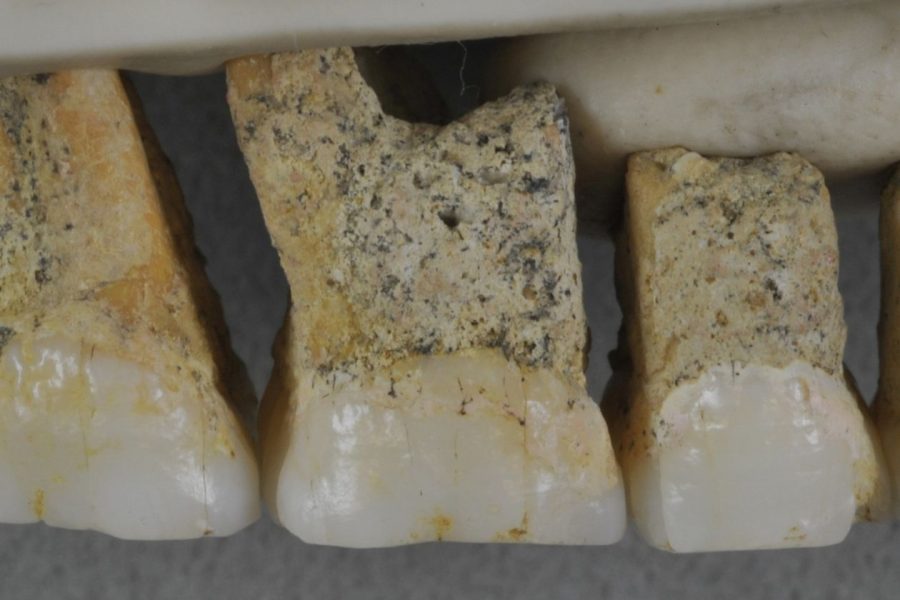The Genetic Tree Thickens
Members of the Callao Cave Archaeology Project
The teeth of a new species similar to humans have been discovered.
April 15, 2019
In Spring of 2019, the fossils of a humanoid species, named Homo Luzonensis, was discovered within Callao Cave in the Philippines.
The remains, consisting of mostly teeth, were discovered in the Callao Cave on Luzon island, Philippines and date back between 50,000 and 67,000 years.
Homo Luzonensis was originally discovered in 2007, but the only remains consisted of a single foot bone within the cave. Further excavation in 2011 and 2015, revealed 12 additional hand and foot bones along with teeth and part of a femur. The main difference between us and the new species is the presence of more premolar and molar teeth within their jaws.
Florent Detriot, study author and paleoanthropologist at the Paris National Museum of Natural History, stated “If you take each feature one by one, you will also find it in one or several hominid species, but if you take the whole combination of features, no other species of the genus Homo is similar.”
The newly found species, along with Neanderthals, Denisovans and Homo floreseinsis, are more of a close relative rather than a direct ancestor to Homo sapiens (Humans). However, scientists have been unable to remove DNA from the fossils, making it difficult to understand where the species fits in the evolutionary chain.
It is interesting how we, the self-proclaimed superior life form, have taken so long to uncover the fossils. It is even more interesting how we have only discovered a few broken bones, despite the investigation spanning twelve years.
If we find a species similar to ourselves, we need only turn to history to understand what will happen. Granted, it is unlikely that any such species still exists…but if that were the case, we would likely wipe them out. In humanity’s long history on Earth, we tend to attack anything and everything that isn’t like us. We see this with the colonization of North, Central and South Americas, which resulted in a vast majority of the native population being killed off. In fact, within current US boarders alone, approximately 95% of the native population was killed during colonization, according to pbs.org. The survivors were enslaved, which was especially true for the remnants of the Mayan and Incan empires.
Now, that is the scenario that would play out if the ‘new’ species was found to be technologically and socially inferior. If we in fact are the lesser beings, history would likely be told in this manner: Humans came, they fought, they were conquered (or killed). While most violent conflicts, whether national or international, are won based on weaponry and communication, the latter would be our downfall. This is especially true within the US, as politics seems to have become less of an issue of “what is best for the people” and more of “what is best for me”.


